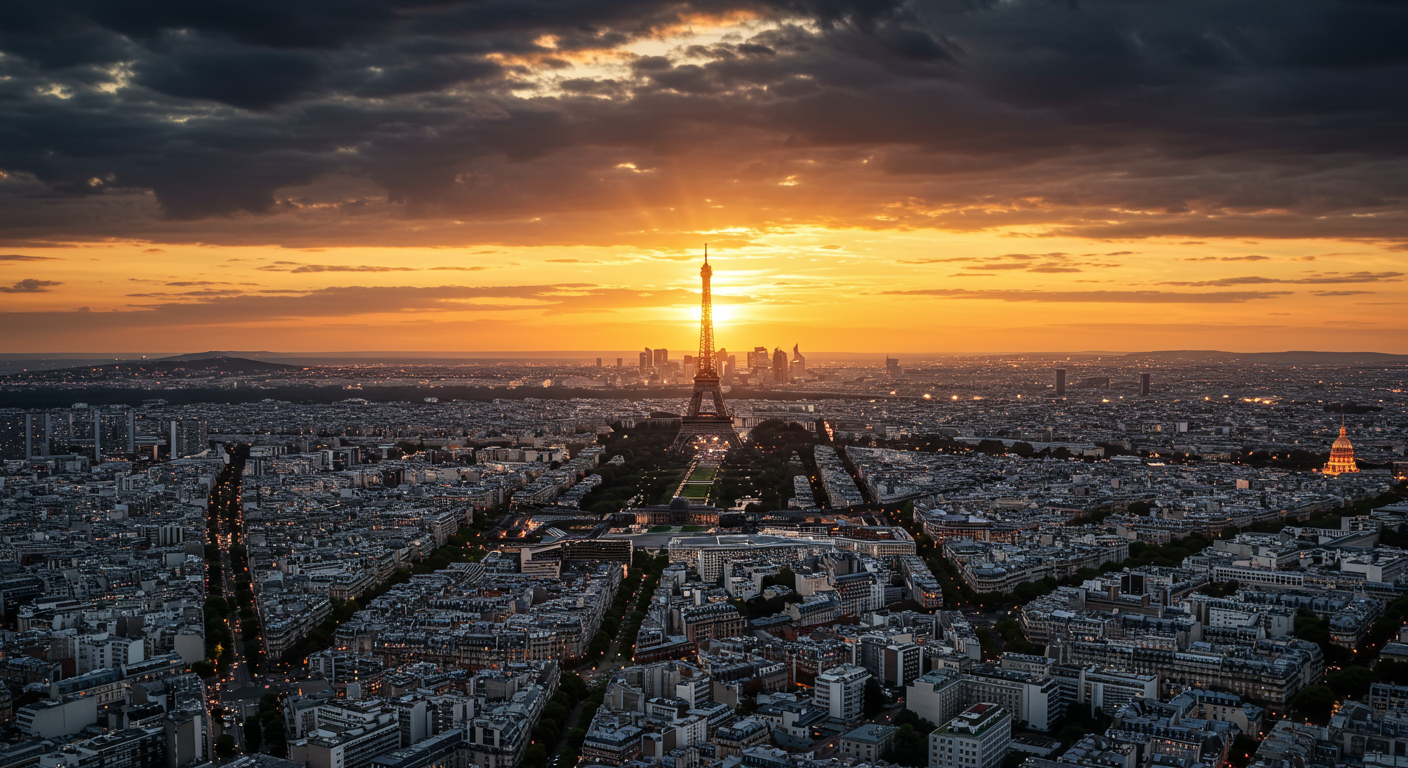
One minute you’re sipping espresso at a Parisian café as the Eiffel Tower glimmers in the distance, the next you’re wandering through lavender fields in Provence with the scent of herbs filling the air. My first trip? I accidentally ordered tripe instead of steak in a tiny bistro and the chef came out to personally explain French cuisine to me. True story. This guide will help you navigate France like a pro, whether you’re on a shoestring budget or ready to splurge on champagne dreams.
Getting to France: Flight Hacks & Transportation Tips
Let’s talk about getting your jet-lagged self to the land of croissants without emptying your bank account.
Flight Costs & Booking Strategy:
- Budget Range: $450-700 (€415-645) round-trip from East Coast USA, $650-900 (€600-830) from West Coast
- Peak Season Premium: Add 30-40% for summer flights (June-August)
- Sweet Spot for Booking: 3-4 months ahead for best prices
Insider Flight Hack: Paris Charles de Gaulle (CDG) gets all the attention, but check flights to Lyon or Nice – sometimes they’re $150+ cheaper with a quick train connection to wherever you’re actually going.
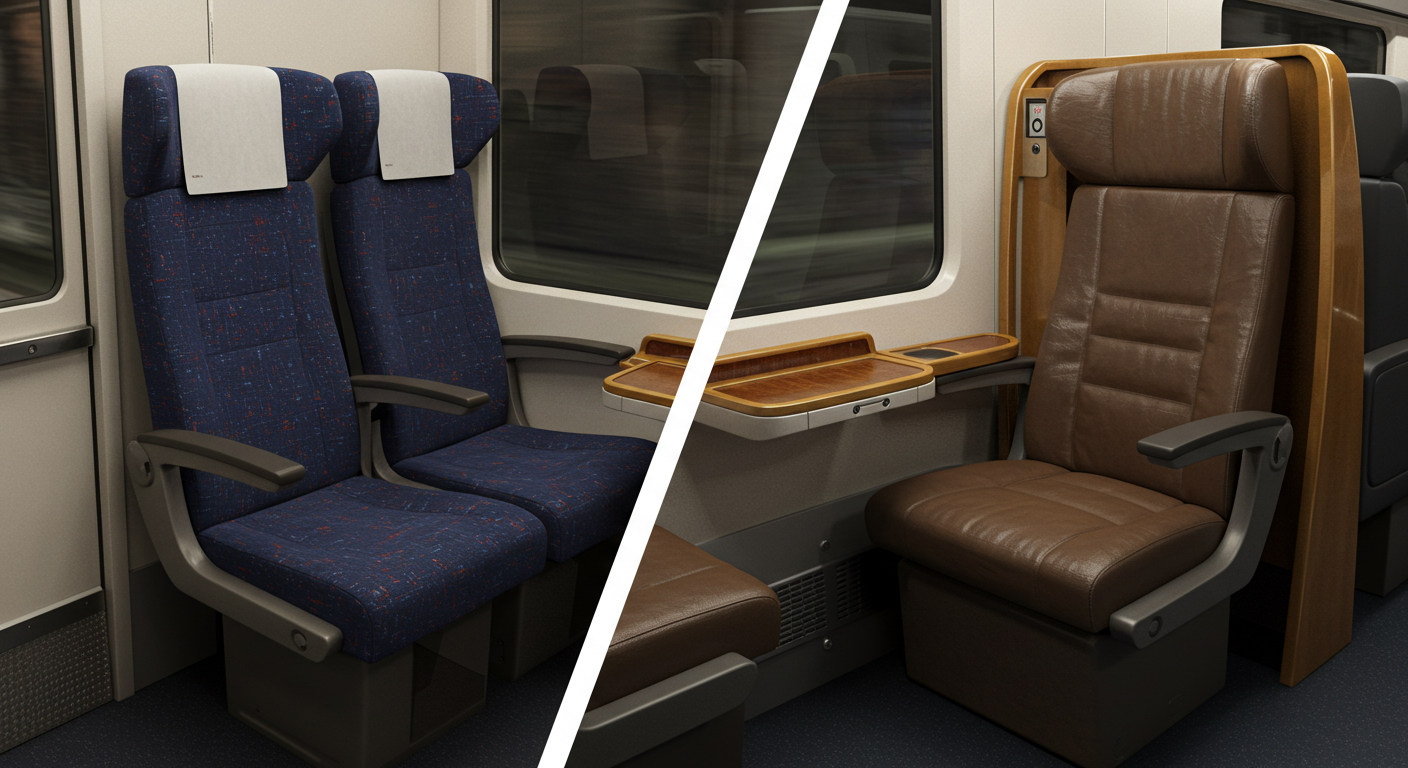
Best Time to Visit: Choose Your Perfect Season
France serves up four distinct seasons, each with its own flavor:
- Spring (April-June): Gardens explode with color and café terraces fill with locals celebrating the sunshine. Go in early May to catch multiple holidays when locals are in celebration mode.
- Summer (June-August): Beach weather, endless daylight, and festivals in every village. The sweet spot? Late June when lavender fields turn purple but before the August tourist tsunami.
- Fall (September-October): Wine harvest season brings golden landscapes and energetic activity to vineyards. Perfect temps for exploring and the lighting will make your Instagram followers weep with jealousy.
- Winter (November-March): Christmas markets in Alsace, skiing in world-class resorts, and museums gloriously empty of tour groups. January might be chilly but you’ll have the Louvre practically to yourself.
Weather Reality Check:
- Summer highs: 75-85°F (24-30°C) but can spike to 95°F+ (35°C+) during heatwaves
- Winter lows: Paris averages 35-45°F (2-7°C), Alpine regions drop below freezing
- Rainiest months: May and October (pack that stylish raincoat)
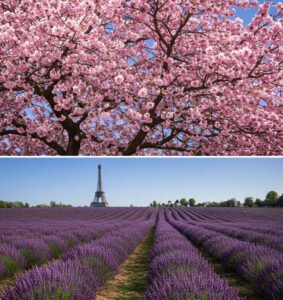

Parisian cherry blossoms in spring, a lavender field in summer, vineyards with autumn colors, and a snowy Alpine village
Must-See Destinations: Beyond the Obvious
Sure, see the Eiffel Tower—but then do what savvy travelers do and dive deeper.
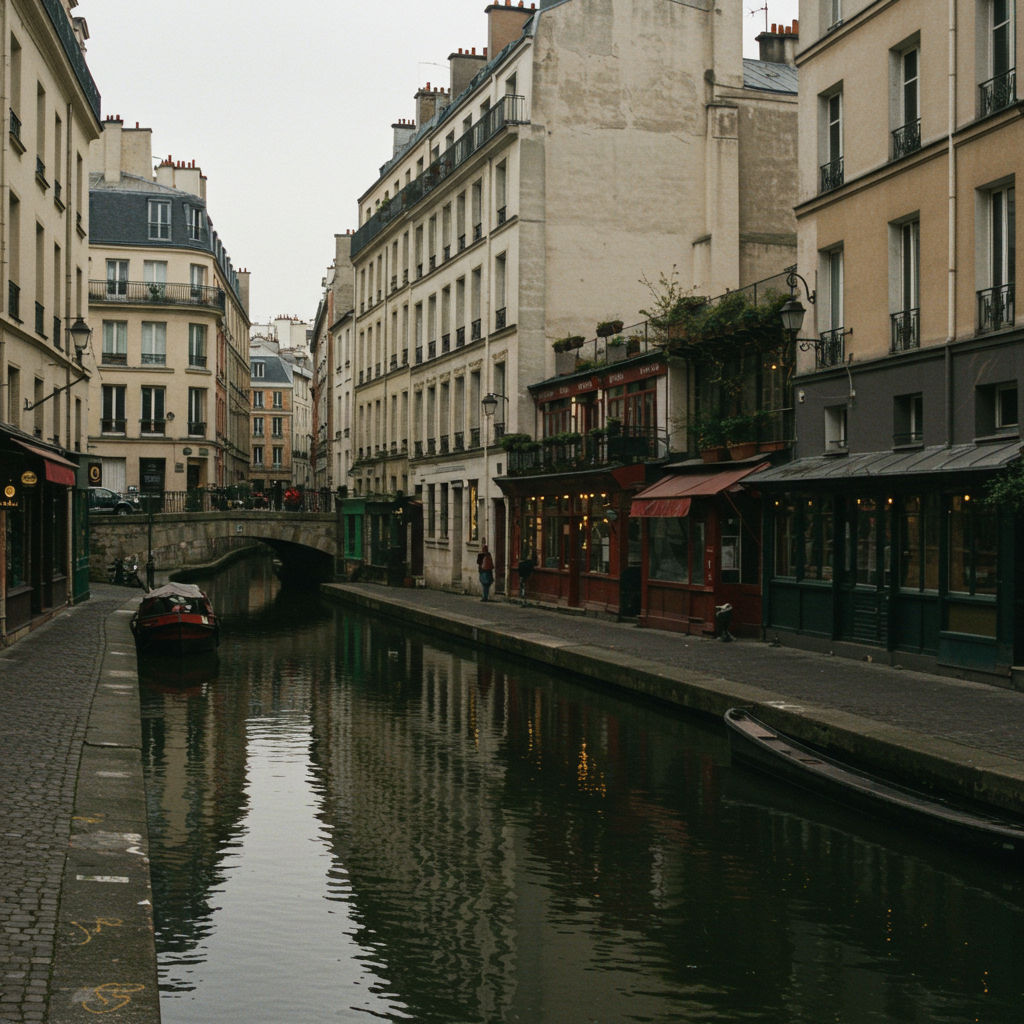
Paris: Skip the Champs-Élysées and head to Canal Saint-Martin where Parisians actually hang out at waterside cafés. The real Paris exists in neighborhoods like Belleville and Oberkampf, where your coffee costs half as much ($2.50/€2.30 versus $5/€4.60 on the main drag) and tastes twice as good.
Explore hidden Paris with a local guide and discover the city’s best-kept secrets.
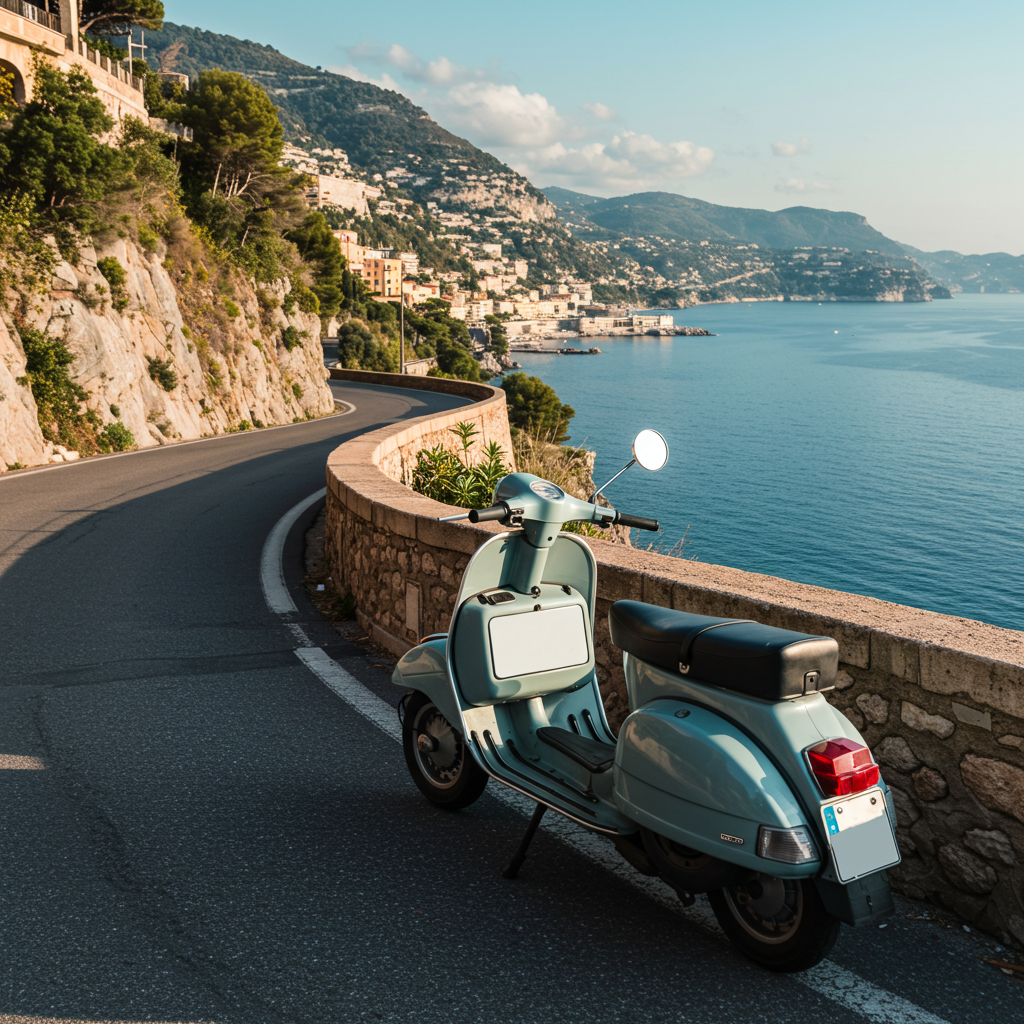
French Riviera: After briefly experiencing Nice’s famous promenade, rent a scooter ($50/€46 per day) and zip up to the medieval village of Èze perched on a cliff 1,400 feet above the sea. Or hop a ferry ($30/€28 round trip) to Porquerolles island for Caribbean-like beaches without leaving Europe.
Loire Valley: While everyone crowds into Chambord, find the literal underground castle at Château de Brézé with Europe’s largest subterranean fortress carved into limestone. I stumbled on a wine tasting in its caves and ended up having dinner with the château owner. Sometimes getting lost pays off. (Entry fee: $13/€12 versus Chambord’s $16.50/€15)

Find the perfect Loire Valley château tour – including options with wine tastings and gourmet lunches.
Things to Avoid: Tourist Traps & Common Scams
Let’s keep it real—even in magical France, some experiences just aren’t worth your precious vacation time.
- Restaurants with picture menus and staff yelling “English menu!” near major attractions. Walk literally two streets away for authentic food at half the price. (Tourist trap meal: $30/€28 vs. Local spot: $16/€15)
- Spending hours in line for the Eiffel Tower elevator when the stairs option has shorter queues and better views of the engineering. (Elevator price: $29/€26.80 vs. Stairs: $11/€10.20)
- Moulin Rouge shows that cost a fortune ($120+/€110+) but would make actual Parisians roll their eyes. For authentic nightlife, hit up Oberkampf or the bars along the Seine in summer.
Common Scams Alert: The “found ring” scam nearly got me my first day in Paris—someone pretends to find a gold ring near you, then asks for money. Just keep walking and master the phrase “Non, merci” without breaking stride.
Stay secure with anti-theft bags from PacSafe designed specifically for European travel.
Food & Dining: Understanding French Food Culture
In France, meals aren’t just refueling stops—they’re cultural experiences. Master these basics and you’ll eat like royalty.
Meal Times Matter:
- Lunch: 12-2pm (many restaurants don’t serve outside these hours)
- Dinner: 7:30-10pm (show up at 6pm and you’ll be dining alone with other tourists)
Ordering Like a Pro:
- Always begin with “Bonjour” before asking for anything
- The “formule” or “menu du jour” is almost always the best value ($15-25/€14-23 for multi-course lunch)
- Service is included by law, but rounding up the bill for great service is appreciated
Decode the Eateries:
- Bistro: Casual space with traditional hearty dishes
- Brasserie: Larger places serving food throughout the day
- Restaurant: More formal dining, often specialized cuisine
- Café: Basic drinks and simple food, perfect for people-watching
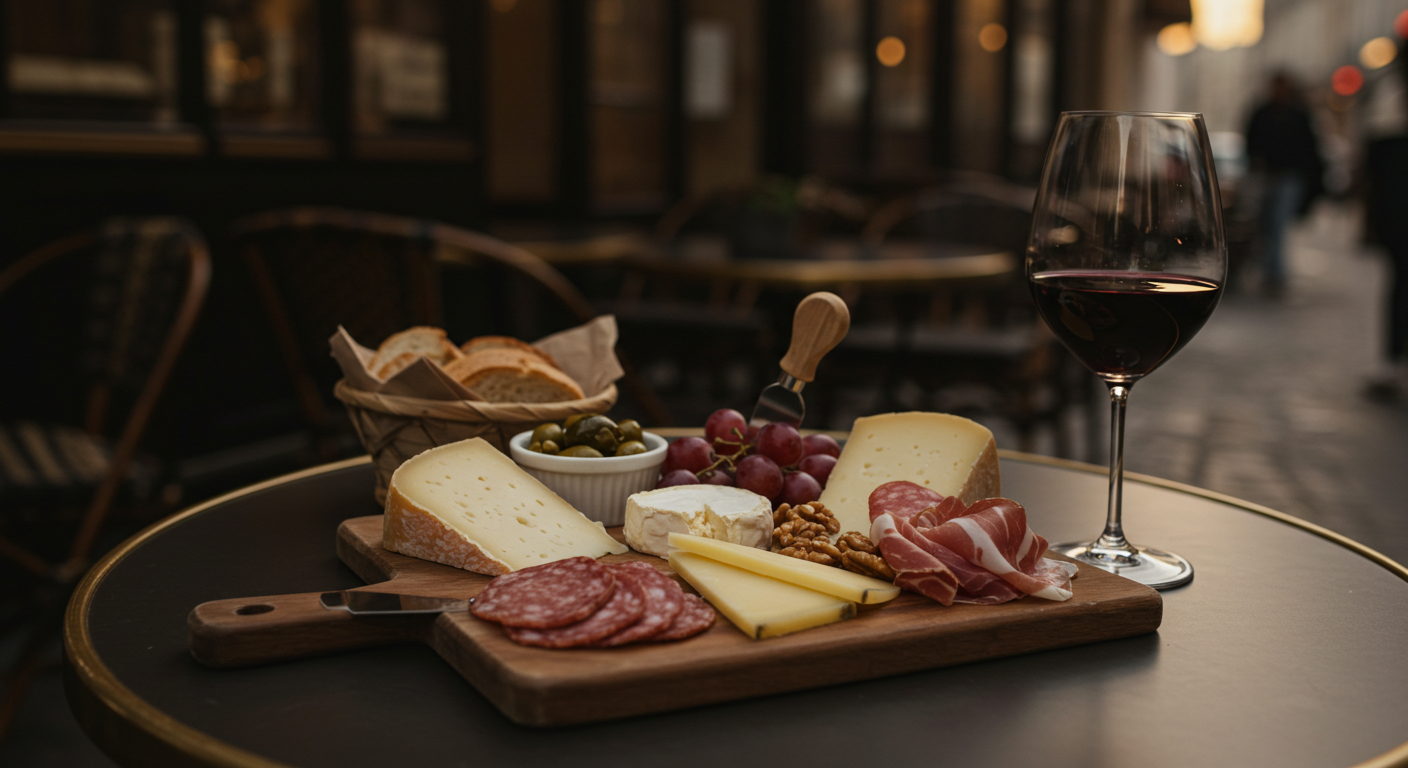
Regional Must-Tries:
- Brittany: Galettes (savory buckwheat crêpes) with local cider ($12-15/€11-14)
- Provence: Bouillabaisse seafood stew in Marseille ($30-45/€28-41)
- Burgundy: Beef Bourguignon that will ruin all other stews for you ($22-28/€20-26)
- Alsace: Tarte flambée that’s like pizza’s sophisticated French cousin ($13-16/€12-15)
The French know how to turn simple ingredients into art
Practical Tips: Navigate Like a Pro
Money Matters:
- Always carry some cash—many small shops and markets have minimum card requirements
- Inform your bank about travel dates to prevent card blocks
- Budget €3-5 ($3.25-5.40) for basic coffee and pastry breakfast, €15-25 ($16-27) for quality restaurant lunch
Essential French Phrases:
- “Bonjour/Bonsoir” – Hello/Good evening (absolutely essential)
- “Parlez-vous anglais?” – Do you speak English?
- “L’addition, s’il vous plaît” – The check, please
- “C’était délicieux” – That was delicious (guaranteed to make your server smile)
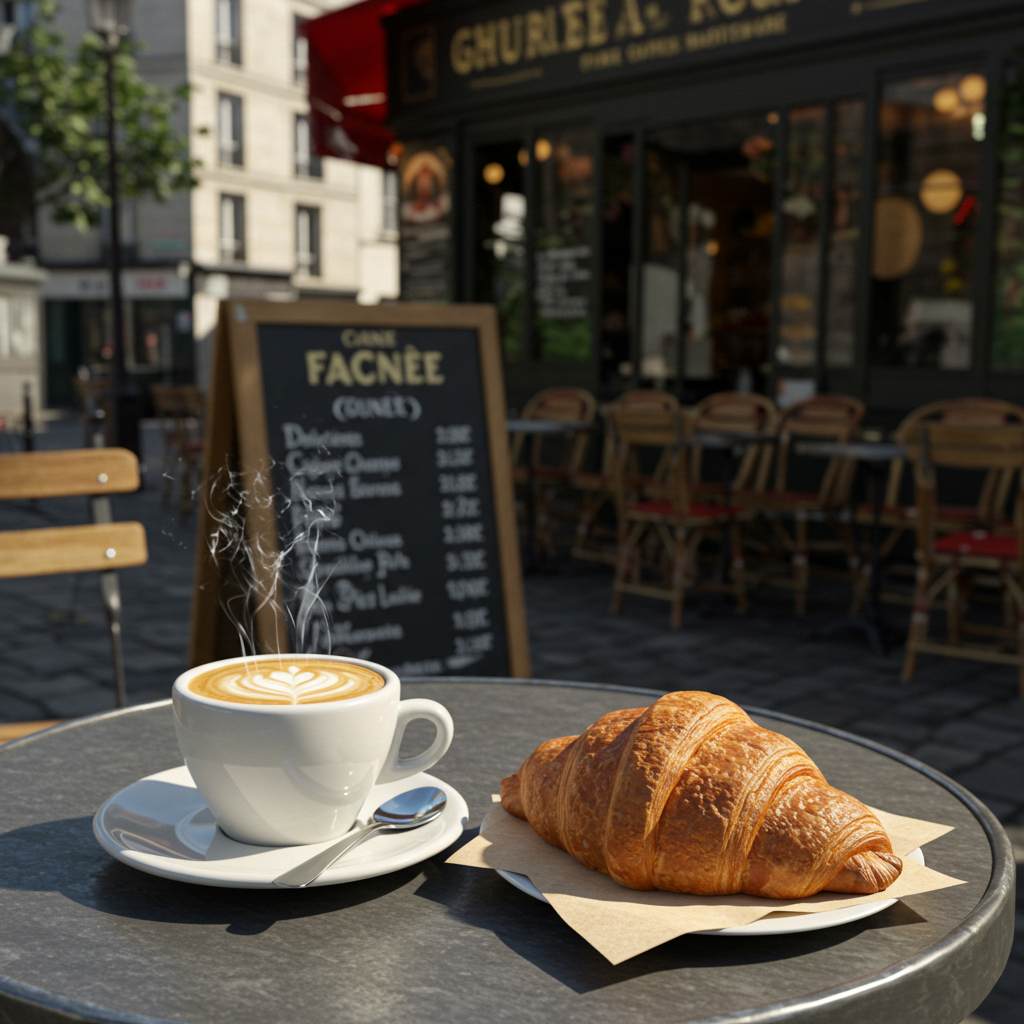
Currency Exchange Tips:
- Avoid airport currency exchanges (terrible rates)
- Use bank ATMs for best rates (avoid standalone ATMs with “Currency Exchange” signs)
- Credit cards with no foreign transaction fees save approximately 3% on every purchase
Transportation: Getting Around Like a Local
France has one of Europe’s best transportation networks, so leave the stress at home.
High-Speed Trains: The TGV network is often faster than flying for distances under 500 miles. Paris to Marseille takes just 3 hours, and you get countryside views instead of airport security lines. (Average cost: $65-120/€60-110 depending on how far in advance you book)
Insider Hack: Book OUIGO trains (budget version of high-speed service) for fares as low as €10 ($11) if you’re flexible with times.
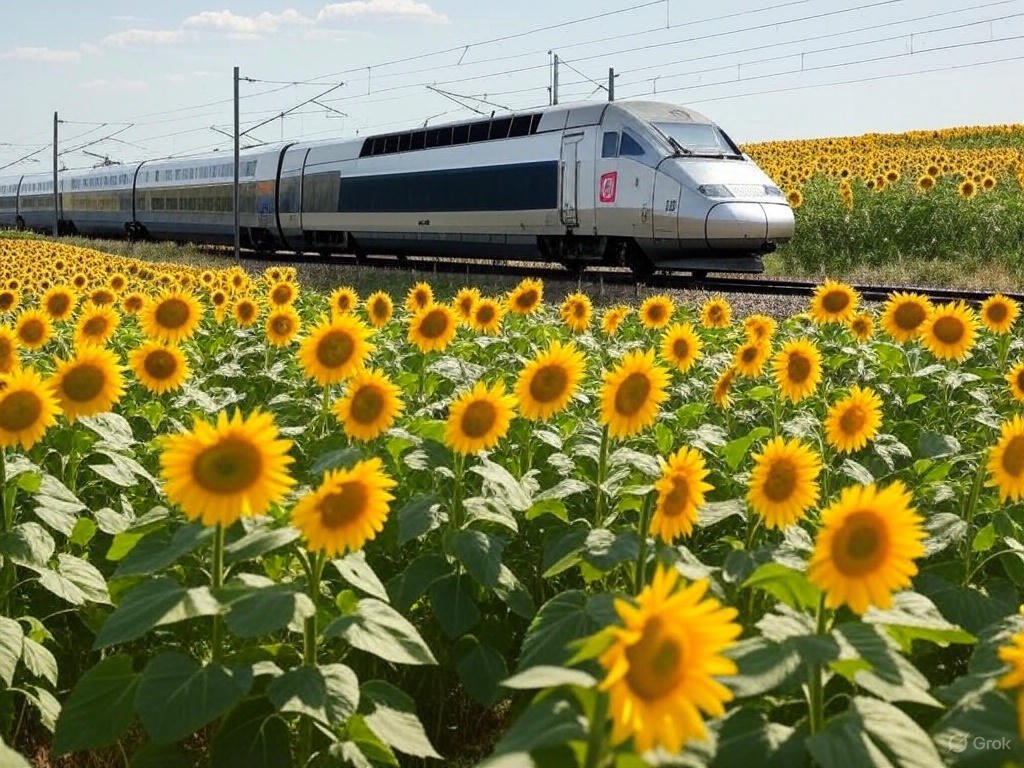
Regional Connections: For charming villages, regional TER trains and buses connect smaller towns. Better yet, rent a car for regions like Provence or Normandy—some of the best moments happen on those tiny D roads between destinations. (Car rental: $35-60/€32-55 per day for economy vehicles)
Find the best train and bus connections throughout France and compare all your options in one search
Budget Breakdown: France for Every Wallet
Budget Couple (~$110/€100/day)
- Stay in budget hotels or private hostel rooms ($65-85/€60-80)
- Self-cater breakfast, market picnic lunches, ethnic restaurants for dinner
- Use city transportation passes and regional trains
- Free museum days (first Sunday monthly)
Mid-Range Couple (~$270/€250/day)
- 3-star hotels or well-located Airbnbs ($110-160/€100-150)
- Mixture of self-catering and restaurants, with bistro lunches
- Mix of trains and occasional car rentals
- Guided tours for specific interests
Luxury Experience (~$540+/€500+/day)
- 4-5 star hotels or château stays ($270+/€250+)
- Fine dining experiences including Michelin stars
- First-class train travel or private drivers
- Exclusive tours and VIP experiences
Insider Money-Saving Tips:
- Paris Museum Pass ($58/€53 for 2 days) for intensive sightseeing saves both money and time
- Many luxury restaurants offer the same cuisine at lunch for half the dinner price
- Winter rates at luxury hotels can be 40% lower than peak season
Travel Insurance: Because Baguette-Related Injuries Are Real
That perfect Instagram shot of you biking with a baguette? It might end with a hospital visit. Don’t skip this step.
Insurance Cost Breakdown:
- Basic Coverage: $40-60 (€37-55) for a week
- Comprehensive Coverage: $70-120 (€65-110) for a week
- Premium “I’m-bringing-my-expensive-camera-gear”: $100-150 (€92-138) for a week
What to Look For:
- Medical coverage minimum $50,000
- Repatriation coverage
- Trip cancellation (especially with those pricey boutique hotel deposits)
- Coverage for theft (because pickpockets in tourist areas are basically Olympic athletes)
Staying Connected: SIM Cards & WiFi Solutions
Nothing says “tourist about to be scammed” like someone frantically looking for WiFi to check Google Maps.
Travel SIM Options:
- Orange Holiday SIM: €39.99 ($43) for 20GB data, 120 international minutes, 1000 texts, valid 14 days
- SFR Travel Pass: €30 ($32.50) for 10GB, unlimited calls/texts in France, valid 8 days
- Budget Option: Lycamobile prepaid SIM, €10 ($10.85) for 7GB, primarily data-focused
Where to Buy: Airport telecom shops (slight premium), any provider’s store in cities, or pre-order online for delivery to your first accommodation.
The eSIM Revolution: Skip the physical SIM hassle with eSIM services like Airalo offering France packages from $10 (€9.20) for 1GB to $27 (€25) for 10GB, instantly downloadable.
